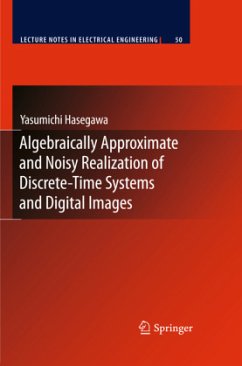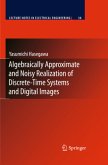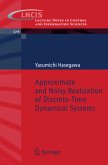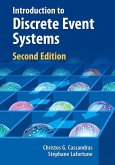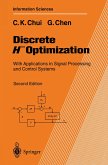This monograph deals with approximation and noise cancellation of dyn- ical systems which include linear and nonlinear input/output relationships. It also deal with approximation and noise cancellation of two dimensional arrays. It will be of special interest to researchers, engineers and graduate students who have specialized in ?ltering theory and system theory and d- ital images. This monograph is composed of two parts. Part I and Part II will deal with approximation and noise cancellation of dynamical systems or digital images respectively. From noiseless or noisy data, reduction will be made. A method which reduces model information or noise was proposed in the reference vol. 376 in LNCIS [Hasegawa, 2008]. Using this method will allow model description to be treated as noise reduction or model reduction without having to bother, for example, with solving many partial di?er- tial equations. This monograph will propose a new and easy method which produces the same results as the method treated in the reference. As proof of its advantageous e?ect, this monograph provides a new law in the sense of numerical experiments. The new and easy method is executed using the algebraic calculations without solving partial di?erential equations. For our purpose,manyactualexamplesofmodelinformationandnoisereductionwill also be provided. Using the analysis of state space approach, the model reduction problem may have become a major theme of technology after 1966 for emphasizing e?ciency in the ?elds of control, economy, numerical analysis, and others.
From the reviews:
"The volume under review is addressed to advanced students, researchers and engineers specialized in filtering theory, system theory, and digital images analysis. Its content is organized into nine chapters, clustered in two parts. ... The volume is completed by references and index." (Milan Mares, Zentralblatt MATH, Vol. 1200, 2011)
"The volume under review is addressed to advanced students, researchers and engineers specialized in filtering theory, system theory, and digital images analysis. Its content is organized into nine chapters, clustered in two parts. ... The volume is completed by references and index." (Milan Mares, Zentralblatt MATH, Vol. 1200, 2011)

